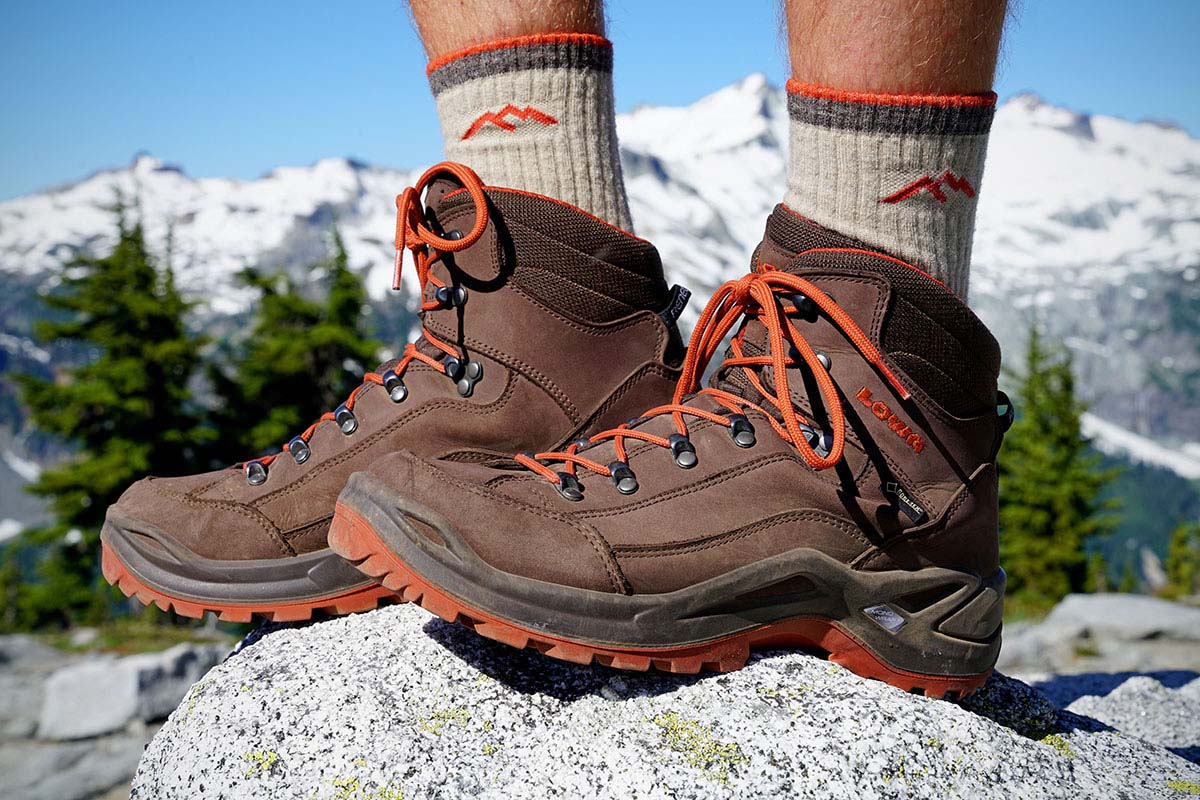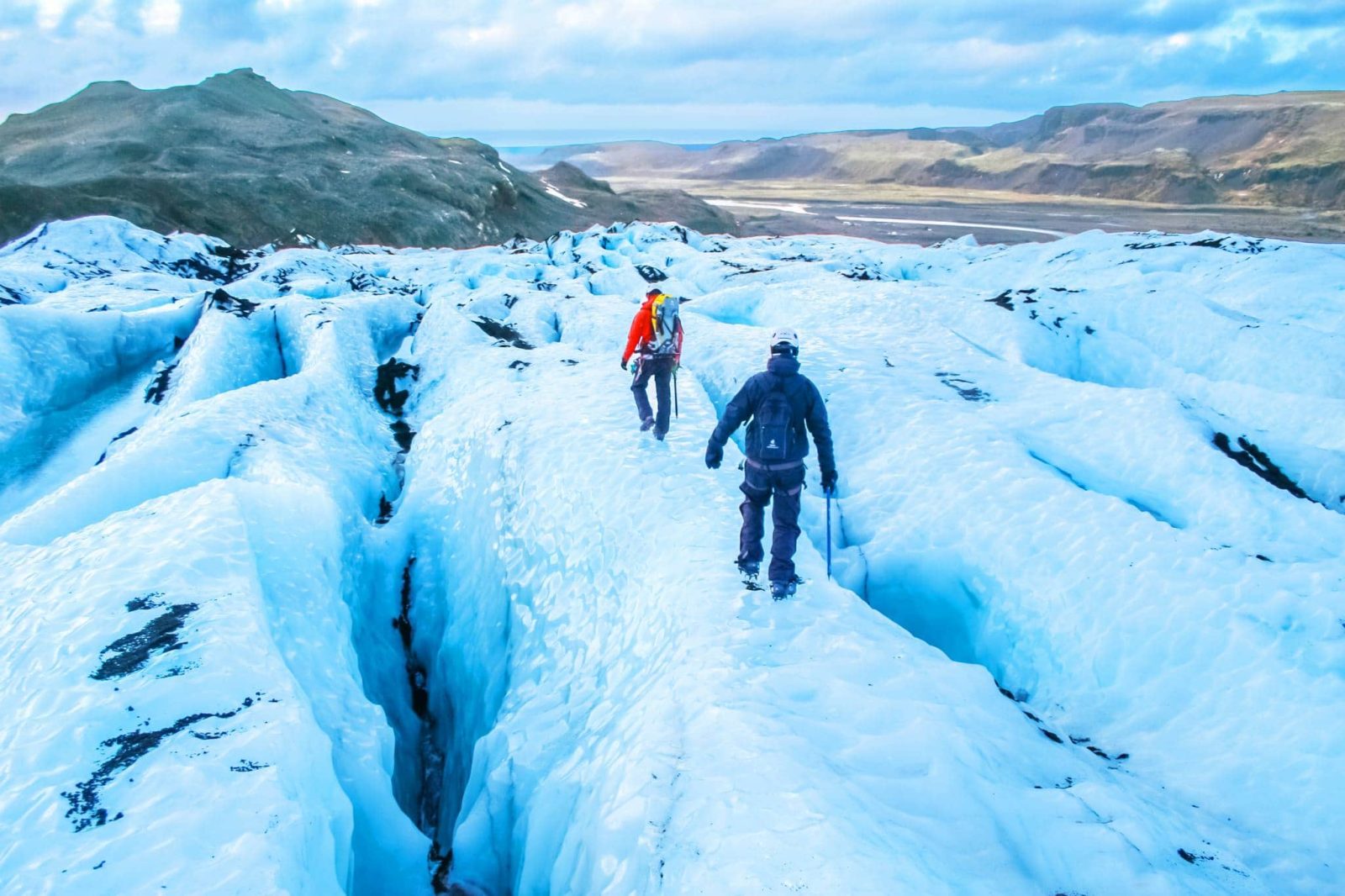Best hiking in Virginia offers a diverse landscape of trails, from easy strolls to challenging climbs. Whether you’re an experienced hiker or a beginner, Virginia’s mountains, forests, and parks provide unforgettable experiences. This guide explores the best trails across different regions, highlighting unique features, difficulty levels, and practical planning tips to help you choose the perfect adventure.
From the majestic peaks of the Blue Ridge Mountains to the scenic Shenandoah National Park, Virginia boasts a remarkable variety of hiking terrain. We’ll delve into specific trails, offering insights into their unique characteristics, including elevation changes, trail lengths, and the breathtaking views you can expect. We’ll also cover essential preparation, safety guidelines, and the exciting wildlife encounters you might have along the way.
Virginia’s Hiking Regions
Virginia boasts incredible geographic diversity, offering a wide array of hiking experiences from the rugged peaks of the Blue Ridge Mountains to the gentler slopes of the Shenandoah Valley. This variety ensures that whether you’re a seasoned hiker or a beginner, you’ll find trails that match your skill level and preferences. The state’s diverse ecosystems, from lush forests to rocky summits, contribute to a rich tapestry of flora and fauna, making every hike a unique adventure.
Shenandoah National Park
Shenandoah National Park, a crown jewel of Virginia’s hiking scene, stretches along the Blue Ridge Mountains for over 100 miles. Its iconic Skyline Drive offers breathtaking panoramic views, while the numerous trails that branch off provide access to secluded waterfalls, cascading streams, and dense forests teeming with wildlife. The park’s trails vary dramatically in difficulty, length, and elevation gain, catering to a wide range of hiking abilities.
The park’s elevation changes create diverse microclimates, leading to a rich variety of plant and animal life.
- Old Rag Mountain: 9 miles, strenuous. Known for its challenging rock scrambles and stunning views.
- Stony Man Trail: 1 mile, easy. A relatively short and easy hike offering incredible vistas from Stony Man summit.
- Dark Hollow Falls Trail: 1.4 miles, moderate. Leads to a beautiful cascading waterfall.
Blue Ridge Mountains
Extending beyond Shenandoah National Park, the Blue Ridge Mountains offer a vast network of trails that wind through forests, along ridges, and across streams. This region features a more rugged and remote hiking experience compared to Shenandoah, with trails often less developed and more challenging. The Blue Ridge Parkway, a scenic byway that parallels the mountains, provides access to many trailheads.
The area’s biodiversity is remarkable, with diverse plant communities reflecting the varied elevations and aspects.
Further details about merrell shoes for hiking is accessible to provide you additional insights.
- Mount Rogers National Recreation Area: Various trails, ranging from easy to strenuous, leading to the highest point in Virginia.
- Dragon’s Tooth Trail: 4.4 miles, strenuous. A challenging climb with rewarding views, featuring a unique rock formation.
- Crabtree Falls Trail: 1.5 miles, moderate. A scenic hike to a series of cascading waterfalls.
Appalachian Trail in Virginia, Best hiking in virginia
The Appalachian Trail traverses Virginia for over 550 miles, offering a truly epic hiking experience. This section of the trail showcases the state’s diverse landscapes, from the high peaks of the Blue Ridge to the gentler slopes of the Shenandoah Valley. Hikers on the AT encounter a wide range of terrain, including rocky summits, lush forests, and rushing streams.
The elevation changes are significant, demanding physical fitness and endurance. The biodiversity along the AT is exceptional, reflecting the varied ecosystems encountered along its length. Because it is a long-distance trail, planning and preparation are crucial for tackling any significant section.
- McAfee Knob: A popular day hike (various access points, mileage varies depending on starting point), strenuous. Known for its iconic photo opportunity.
- Dragon’s Tooth (Appalachian Trail Section): This section of the AT includes the Dragon’s Tooth rock formation, offering a challenging and rewarding hike.
- Several sections along the AT: Numerous access points exist throughout the state, allowing for shorter day hikes or longer backpacking trips. Difficulty varies greatly depending on the specific section.
Wildlife Encounters on Virginia Hiking Trails
Virginia’s diverse landscapes support a rich variety of wildlife, making encounters with animals a possibility on many of its hiking trails. Knowing what to expect and how to react safely can significantly enhance your hiking experience and ensure the safety of both yourself and the animals. This section will Artikel common wildlife sightings, providing guidance for responsible wildlife viewing.
Virginia’s varied ecosystems, from the Blue Ridge Mountains to the coastal plains, influence the types of animals you might see. The mountainous regions often host different species than the flatter, more forested areas of the state. Understanding this regional variation is key to safe and enjoyable wildlife viewing.
Common Wildlife Species in Virginia
Virginia’s wildlife is diverse, ranging from small mammals to larger predators. Hikers can expect to encounter a variety of species depending on the region and time of year. Mammals commonly seen include white-tailed deer, raccoons, squirrels (gray, fox, and flying), opossums, and occasionally black bears. Bird species are abundant, with common sightings including cardinals, blue jays, woodpeckers, and various songbirds.
Reptiles and amphibians such as snakes (including harmless species like garter snakes and potentially venomous copperheads and rattlesnakes), frogs, and salamanders are also frequently encountered.
Safe Wildlife Viewing and Interaction Guidelines
Encountering wildlife while hiking can be exciting, but it’s crucial to prioritize safety and responsible behavior. Maintaining a safe distance from all animals is paramount. Never approach or attempt to feed wildlife; doing so can alter their natural behavior, making them dependent on humans and potentially aggressive. Loud noises or sudden movements can startle animals, leading to unpredictable reactions.
Carry bear spray in bear country and know how to use it. Always keep pets on a leash to prevent them from chasing or harassing wildlife. If you encounter a bear, make yourself appear large, make noise, and slowly back away. If a bear attacks, fight back aggressively.
Wildlife Encounter Safety Table
| Animal | Common Locations | Safety Tips |
|---|---|---|
| White-tailed Deer | Throughout Virginia | Maintain a safe distance; do not approach or feed. Be aware of fawns, as their mothers are protective. |
| Black Bear | Mountainous regions | Carry bear spray; make noise while hiking; store food properly; if encountered, stand tall, make noise, and slowly back away. |
| Raccoons | Throughout Virginia | Avoid approaching; do not feed; secure food and garbage properly. |
| Snakes (Copperheads, Rattlesnakes) | Varied habitats | Wear sturdy hiking boots; avoid reaching into crevices; give snakes ample space; be aware of surroundings. |
| Venomous Spiders (Black Widow, Brown Recluse) | Varied habitats, often in sheltered areas | Check clothing and gear before wearing; avoid disturbing rocks and debris; seek medical attention if bitten. |
Exploring Virginia’s hiking trails is an incredible journey that rewards you with stunning natural beauty, challenging climbs, and a sense of accomplishment. Whether you’re seeking a relaxing day hike or a multi-day backpacking adventure, Virginia’s diverse landscapes cater to all skill levels and preferences. Remember to plan carefully, prioritize safety, and appreciate the incredible natural wonders that await you on these unforgettable trails.
FAQ Section: Best Hiking In Virginia
What’s the best time of year to hike in Virginia?
Spring and fall offer pleasant temperatures and stunning foliage. Summer can be hot and humid, while winter brings cold temperatures and potential snow.
Do I need a permit for all Virginia hikes?
Permits are often required for overnight backpacking trips and some specific areas within parks like Shenandoah National Park. Check individual park regulations.
What should I do if I encounter wildlife?
Maintain a safe distance, avoid approaching or feeding animals, and carry bear spray in bear country.
Are there any trails suitable for families with young children?
Yes, many parks offer shorter, easier trails perfect for families. Look for trails designated as “easy” and check trail descriptions for length and elevation gain.


